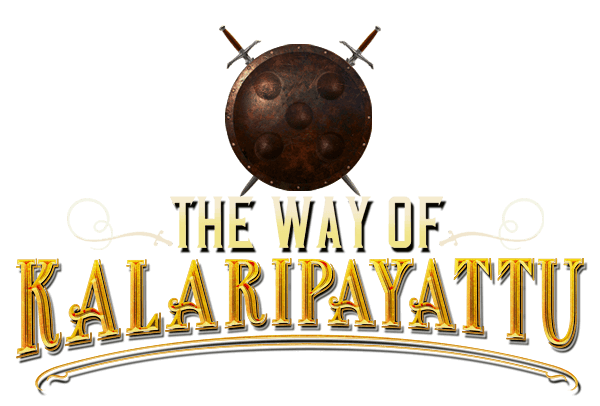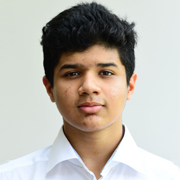Many studies point that Dharmadathan, Bodhidharma (the founder of Kung Fu) and
Daruma (the founder of Zen Buddhism) are the different names of the same person. Dharmadathan had
left behind two manuals, Yijin Jing and Xi Sui Jing, which focused on flexibility and control over the
body. Yijin Jing dealt with practical strategies, which gave birth to the Shaolin Sui style with the
addition of ancient Chinese fist-fight techniques. Several modern bare-hand fighting techniques,
including Karate, have their roots in Shaolin Sui.
Considering Karate's close relation to the Kenpo style and that Yijin Jing was an Indian manuscript, it
can be asserted that Karate also originated in India. To put it short, Bodhidharma took the Indian
techniques described in Yijin Jing to Shaolin. The methods reached Korean islands, where it developed
as Koguryo, which was further modernised in Japan and Mongolia.
Karate combines two Chinese characters: 'kara', meaning empty, and 'te', meaning hand. Karate means
a bare hand, and it teaches unarmed combat, similar to the fourth phase in Kalaripayattu. Besides, the
Kalari philosophy of self-denial, greatness of simplicity, and reverence towards the guru, too, form the
foundation of Karate.


